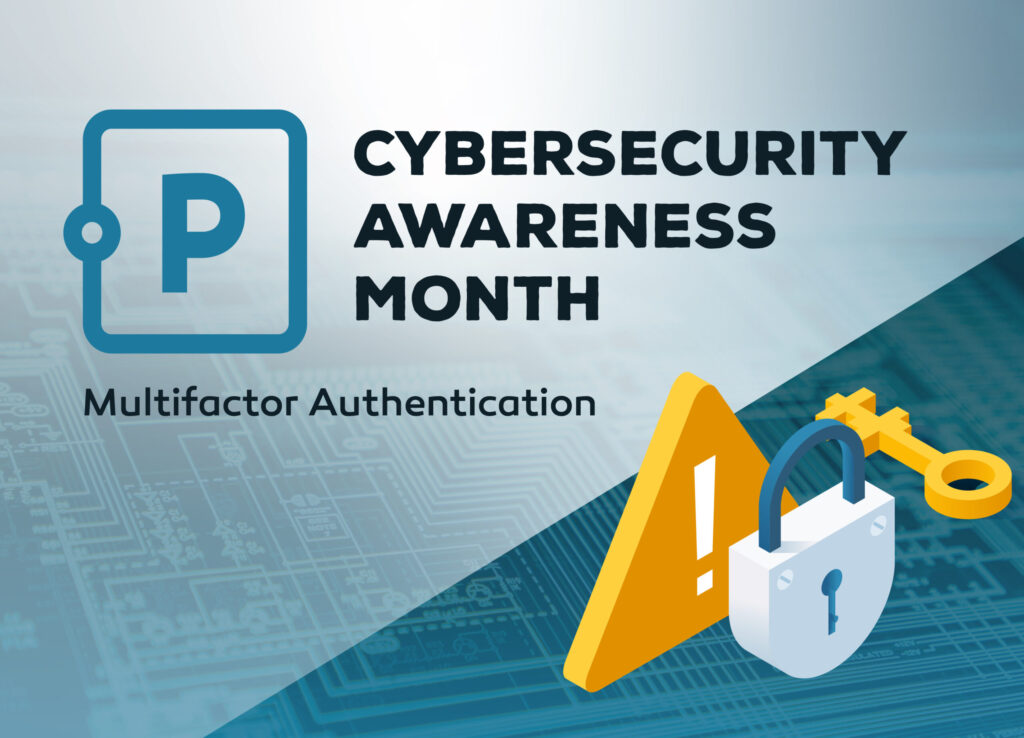Cyber Security Awareness Month: Update your Software
Why software updates are important.
Software updates are necessary to keep your computer, mobile devices, and tablets running smoothly – and software updates often lower security vulnerabilities as well.
Cybercriminals are continuously coming up with new methods to steal information and gain access to private systems. Fortunately, there are some simple preventative measures that can be taken to help reduce your risk – such as updating your software consistently.
Here are some reasons to consider making software updates to your business technology as soon as possible:
Patch security flaws
Security is the biggest reason to update your software immediately.
Vulnerabilities in software can allow cybercriminals to access a person’s computer or sensitive data. Threat actors see these vulnerabilities as open doors, enabling them to plant malware on people’s systems. Malware facilitates threat actors so they are able to take control of computers and steal information. Malware can also encrypt files, documents, and other programs so they are unusable- and often held at ransom.
“A threat actor, also called a malicious actor, is an entity that is partially or wholly responsible for a security incident that impacts, or has the potential to impact, an organization’s security.”
Anyone sharing a network with others need to be extra diligent. An infected device can unknowingly spread malware to others in a network, including colleagues.
Security patches are often released as part of a software update and they block these “open doors” in the software to protect a device from attacks. With each software update, consider updating your passwords for additional protection.
Protect your data
If a threat actor finds a pathway into the software through a software security flaw, they will often search for personal data such as financial information, passwords, usernames, or other documents with sensitive information. Threat actors can then access or sell these personal accounts and information on the dark web.
Many of the “open doors” which are fixed by software updates are implemented when only a few attackers are aware of them and the malware used to exploit them is in its infancy. As more cyber criminals become aware of the “open door” vulnerability in certain softwares, they will increase their efforts by developing additional malware in order to infect people’s devices. The longer you wait to install the software update, the higher your risk becomes. Updating software to improve security vulnerabilities allows your data to be better protected.
Improve performance & add new features
Not all patches released by software providers are security-related. Software vendors may find bugs in a program that reduce usability or functionality or developers may just need to make improvements or enhancements to a program. An update might include changes to the software’s visual effects, which only impede the visual experience of the application and will not always affect the functionality. Often these patches help improve the overall performance of the software.
Installing updates may also add new features and remove outdated or unnecessary features. Technology is constantly changing and software updates allow for the latest features and improvements to be implemented on your devices. Electronic devices require regular maintenance and routine updates in order to run their best, so maintaining the latest patches can also help prevent software from crashing.
Ensure compatibility
Software manufacturers send updates to ensure their software is compatible with the latest technology. Without updates, older software may not be able to work with newer technology. These kinds of updates are often critical because without them certain aspects of your computer system may not function correctly, which could lead to costly downtime (loss of productivity and profitability) for your business.
In addition, it is important to ensure that your software is fully compatible with what your clients, customers, and peers are using.
Tips for ensuring Software Safety
Enable automatic updates
Most operating systems offer a feature that allows you to automatically download and install updates, this is the simplest way to ensure that your computers and other devices are constantly up-to-date. For any major software updates, we recommend looping your IT provider in to let them know when the update will be performed so they are able to monitor for any changes in performance or functionality.
Don’t Delay
Be aware that updating your software is time-sensitive and not something to be put on the back burner. If an automatic update notification appears, save your work and take the opportunity to get a coffee or stretch your legs while it finishes – or schedule it while you’re on your lunch break.
The longer you wait to install the software update, the higher your risk becomes.
Beware of fake update messages
Always check that you are downloading the software update directly from the software itself or from the provider’s official website. Cybercriminals like to distribute phoney software update notices designed to steal your information, so always ensure that it is safe to install.
Messages can appear to users in the following ways.
- Pop-ups: They may look real but clicking on a pop-up may lead to a hack. If you see these pop-ups, close them and go directly to the vendor website to look for downloads. Updates should also appear on the software’s website, app store or within the program.
- Emails: The email may state that an update is long overdue. It may even have the company logo with all the correct spelling in the text. Don’t click on links or respond to these types of emails. For information about updates, it’s best to contact the software’s support desk or check the vendor’s website.



